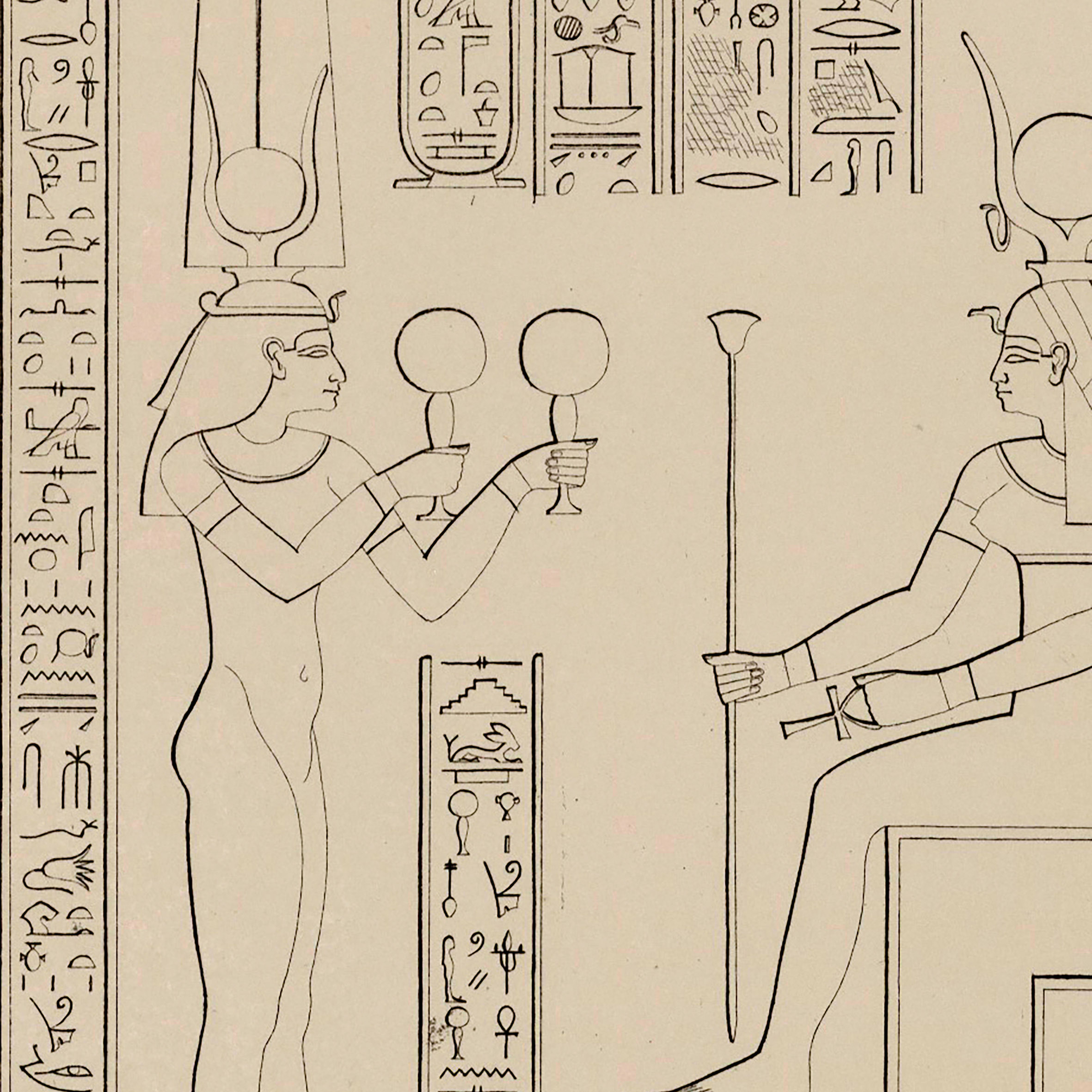(In)visible Ptolemaic Queens
A new Inclusive Approach to Ancient Chronologies and their Modern Use
https://doi.org/10.34780/f0bx-bt4r
Résumé
Chronologies are among the most frequently used tools in archaeological research and related disciplines. Most of the chronological divisions that are considered standard today were developed in the 19th and early 20th centuries on the basis of mainly written sources and have been little changed since then. The authors of the relevant testimonies were mostly men; the research on them was also dominated by men. Accordingly, the results focused on the deeds and dates of historically documented men. In the course of public debates on gender equality, a change in perspective is currently taking place, which, among other things, places greater emphasis on historically attested women and female achievements. Therefore, a new interpretation of the political chronology of this region and time was developed using the example of Ptolemaic Egypt. This Counter-Chronology to the traditional classification fulfils, in addition to the usual tasks of a chronology, the purpose of creating a greater awareness of the work of historical women and also to carry this into the future.
Mots-clés :
Egypt





